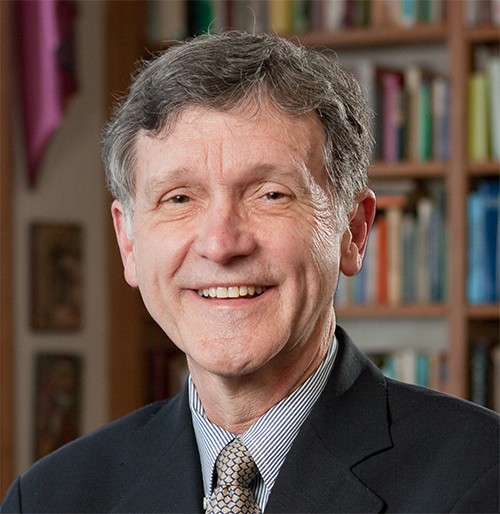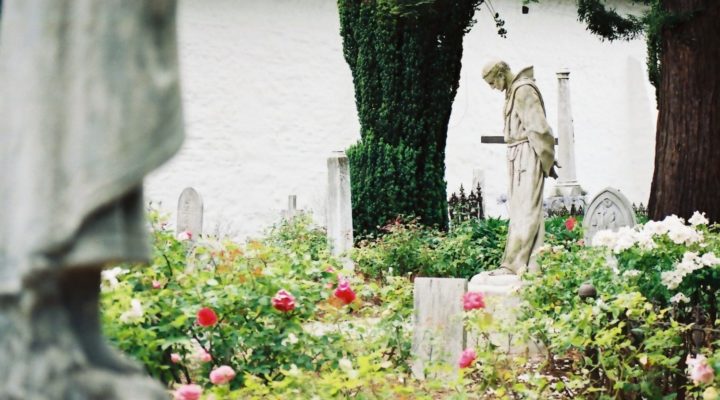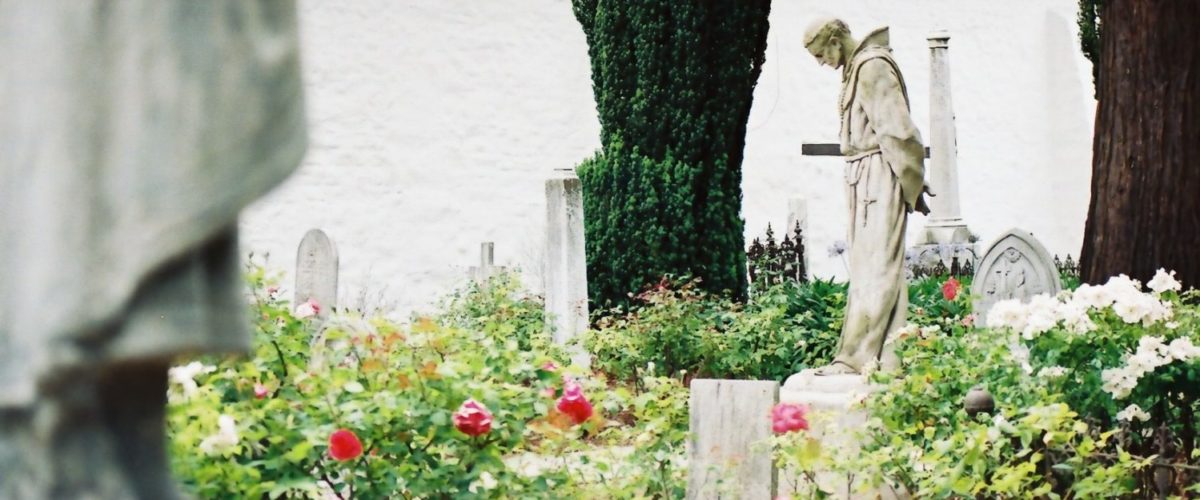

The Catholic Worker Movement, one of the most important Christian social ministries of the modern era, began in 1933 in New York during the Great Depression. The founders, Catholic Peter Maurin and journalist/Catholic convert Dorothy Day initiated the movement, Day said, out of their “respect for the poor and destitute as those nearest to God.” In her autobiography, The Long Loneliness, Day describes Maurin’s approach to Christian social action:
Peter made you feel a sense of his mission as soon as you met him. He did not begin by tearing down, or by painting so intense a picture of misery and injustice that you burned to change the world. Instead, he aroused in you a sense of your own capacities for work, for accomplishment. He made you feel that you and all [persons] had great and generous hearts with which to love God. If you once recognized this fact in yourself you would expect and find it in others. “The art of human contacts,” Peter called it happily. But it was seeing Christ in others, loving the Christ you saw in others. Greater than this, it was having faith in the Christ in others without being able to see Him. Blessed is he that believes without seeing.
“The art of human contacts” poignantly describes what might be called signature ministries, Spirit-engendered action by which Christian communities respond to the needs around them, energizing participants with a renewed sense of their own gospel identity. Amid the national crisis of the Great Depression, the Catholic Worker Movement established a signature ministry of engagement with, for and toward the poor, becoming a global witness that continues to this day.
Signature ministries are not new to Christian communities. Indeed, they are represented in the enduring care of souls present in and required of every congregation — ministry of worship, word and sacrament; loving response to individuals and families in celebration and trauma; continued Christian nurture and instruction. Yet they also involve intentional involvement in “human contacts” within and beyond the walls of churches in a given community. This response is not simply a gospel imperative; these days it may well mark the survival of many a congregation.
Let’s face it, in 21st-century America, religious communities often seem in the midst of a Great (Ecclesiastical) Depression, evident in numerical, financial and evangelistic declines across the theological and denominational spectrum as a growing number of persons distance themselves from religion in general and Christianity in particular. For over a decade, statistical surveys document the increase of the “nones,” persons who claim no discernible religious affiliation, a number now tracked at one in five Americans, even one in three Millennials (ages 18-30). Divisions over social and doctrinal issues abound, at a time when congregations and denominations are increasingly weakened and fragmented.
Amid these social and ecclesiastical realities, perhaps churches might first ask, not “is our congregation growing”? numerically, financially, internally, but “is our congregation thriving?” by engaging and energizing members in specific ministries that turn them outward on the world. My own study and experience of 21st-century American churches suggests many congregations are thriving as they challenge participants to become engaged in signature ministries, specific responses to human needs that energize Christians in the work of the gospel in society. Signature ministries also shape the public identity of churches for persons who do not (and may never) engage with religious communities, but who are recipients of those caring responses. They are a means by which churches make their case for the gospel, not simply in the sacred space of the “sanctuary,” but in the lives of persons in need.
In past times when families brought their children to be nurtured in the life of the gospel from an early age, or when revival crusades and direct evangelism drew young and old to conversion experiences, churches fostered ministry in those who first came to them. These days, that process often seems reversed — churches demonstrate their care and concern for persons in the world, and through those signature ministries make their gospel case through the “art of human contacts,” “seeing Christ in others,” as Peter Maurin insisted. Waiting on the Spirit to see what happens next.
View more in the Jake Hall: Gospel Gothic Series
Down to the River: A Pastor’s Journey Toward Real Life, Real Sin and Real Redemption
The Christ-Haunted Hosts of Gospel Gothic
For Macon community, Americana music is holy liturgy
Photo Gallery: Jake Hall and Gospel Gothic in photos
Video: How Gospel Gothic got its start
Video: Jake Hall remembers most profound moments on Gospel Gothic
Video: Why use music for outreach in Macon
Video: How the magic is made at Gospel Gothic
Related audio:
This series in the “Signature Ministries” project is part of the BNG Storytelling Projects Initiative. By studying ministers or churches who practice “Signature Ministries,” we learn from communities who respond to the needs around them, engaging and energizing members in specific ministries that turn them outward on the world. We will specifically profile ministers who lead through their passion and zeal for an interest or a skill that connects with their community outside of the role they would normally play as pastor, leading their congregants to see Christ in others and reaching the needs of the world around them.
Seed money to launch our Storytelling Projects initiative and our initial series of projects has been provided through generous grants from the Christ Is Our Salvation Foundation and the Eula Mae and John Baugh Foundation. For information about underwriting opportunities for Storytelling Projects, contact David Wilkinson, BNG’s executive director and publisher, at [email protected] or 336.865.2688.


